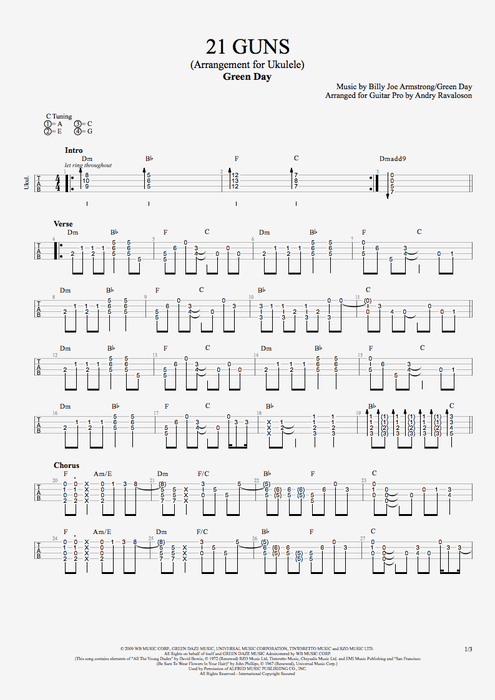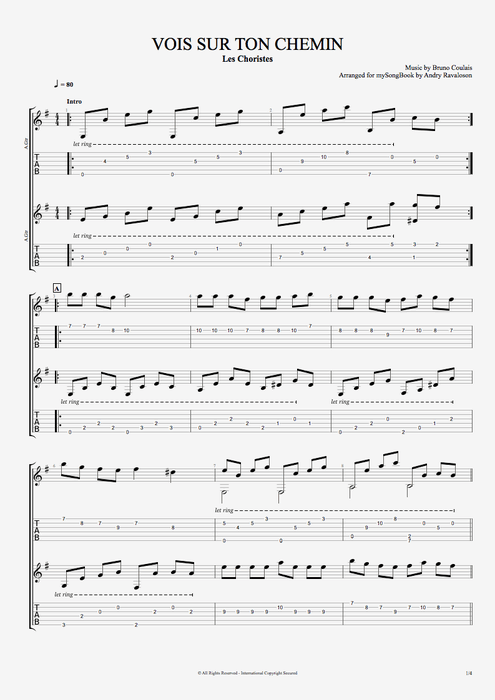

If you want to add drums/percussion, repeat the steps outlined above and select Percussion when the intermediary window appears. When in multitrack view you can also define which instruments will be displayed on-screen by using the View buttons to the left of the track names.Īs is the case with the tempo, the instrument, volume/panning and effects can all be changed dynamically during the song using Mix Tables. You can mute and solo each instrument or a selection of instruments by clicking the Mute or Solo buttons on each track. The volume and panning settings are located on the track bank, as well as effects such as chorus and reverb (these will only work if you have a soundcard which supports them).
#How to use guitar pro 5 how to
RSE, if you don't know, is the Realistic Sound Engine, and really isn't worth the effort of explaining how to use it. If you want to select an RSE instrument you need to press the RSE button before the last two steps. Choose your desired instrument from the instrument window. To change the instrument of a particular track you simply click the current instrument it defaults to Acoustic Guitar (Steel) when you create a new track.Ĭlick the instrument name to bring up a list of all MIDI instruments. On my keyboard this doesn't work, so I instead use the menu options to do this: Once you add a track you can shift it up or down in relation to the other tracks by pressing Ctrl+Alt+Up or Ctrl+Alt+Down (using the cursor keys). To regain access to the track properties window after you've closed it you just have to single-click the track name or just press F6. The rest of the options are self-explanatory.

Here you can rename the track, change the tuning, define how many strings the instrument will have, add a capo and so on. When you proceed with your chosen track parameters you'll be presented with the track properties window. Before you see the track window an intermediary window will appear and you'll be asked to select either an instrument track or a percussion track, and where in relation to the currently selected track you wish the new one to be added (for instance, if you want it to appear above or below it). If you are just starting a new tab this option won't matter.Ĭhanging the Key Signature: The key signature button is immediately to the left of the time signature button, here.Īdding New Tracks: The button to add (or delete) a new track is located on the "Standard" toolbar, the same toolbar which houses the "New", "Open" and "Save" buttons.Ĭlick the Add a Track button. With this option ticked all bars occurring after the selected one will have their time signature changed as well. If you only want to change the current bar's time signature be sure to untick the option "Until the End". Click the time signature button to open the time signature window. The time signature button is located here. The tempo can be changed dynamically during the song using Mix Tables, which are discussed later.Ĭhanging the Time Signature: The "Bar" toolbar is located immediately below the usual "New", "Open" and "Save" buttons. There are tempo presets in the drop-down menu on the left, or you can punch in a new tempo directly. Click the current tempo which is 120 by default and the tempo window will appear.

The default time signature is 4/4.Ĭhanging the Tempo: The "Play" toolbar (with the green Play button on it) is located on the top half of the screen the tempo setting is on this toolbar. When you start a new tab there's a single instrument track already visible at the bottom and a default tempo of 120 BPM is selected. This section covers tempos, time signatures, tunings and so on. Knowledge of standard notation isn't essential for using Guitar Pro, but understanding note durations/groupings is somewhat important. This tutorial presumes you know how to tab in general (that is, how to read and understand it).

Guitar Pro 6 is a completely different kettle of fish, however. I'm using Guitar Pro 5.2 for this tutorial, but most of what's written here is true for versions 3 and 4 as well.


 0 kommentar(er)
0 kommentar(er)
